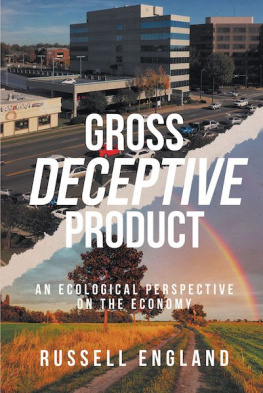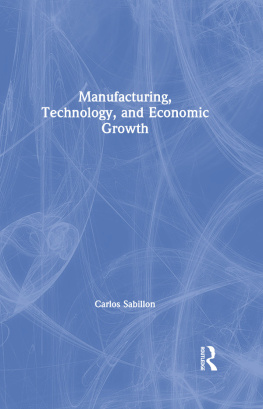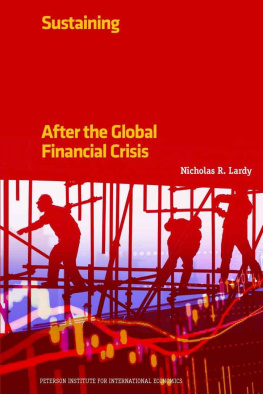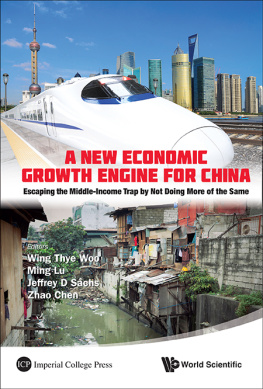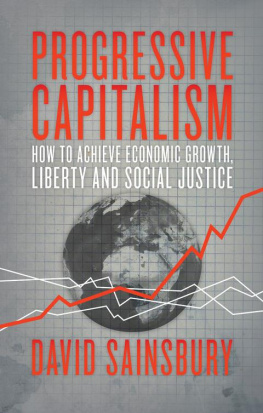Introduction
The growth episode of the Turkish economy in the 2000s was written based on two integrated fundamentals: fixing the deteriorating dynamics and implementing further reforms to stimulate economic activity. This basic formula led to attractive rates of economic growth, fueled particularly by domestic private investments along with revived consumption and exports . Integrated with the political stability established by single-party governments in the post-2002 period, the improving economic outlook also helped Turkey enjoy record levels of foreign investment , adding momentum to the growth story.
In that sense, the 20082009 Global Financial Crisis (GFC) serves as a milestone against which to test the strength of the Turkish economy. While having contracted in 2009, the economy weathered the storm quite well and exhibited conspicuous growth rates following the crisis . On the other hand, gearing up the economy at high speed started to show side effects, with a concomitant risk of overheating. In this context, the rising ratio of current account deficit with regard to GDP appeared as a leading concern that contributed to the vulnerabilities of the economy. At that point, policies to cool down the economy were successfully implemented, which soon brought the growth rates to the required but not-so-desired lower levels.
What the Turkish experience in the postcrisis period implies is that for an ideally fast and more importantly sustainable growth rate, the economy needs a new generation of structural reforms that simultaneously heal fragilities and vitalize economic activity. In this framework, this edited volume scrutinizes the last 15 years of the Turkish economy, while also attempting to do something more that was absent in many earlier studies covering Turkey . Each chapter in this volume aims to provide professional assessments and assistance to the relevant parties, particularly policymakers, on the new directions to take the Turkish economy.
For this purpose, the book is composed of three broad sections covering the key dimensions of the Turkish economy in search of its future: (1) state , institutions, and political economy; (2) the financial system; and (3) the real economy.
State, Institutions, and Political Economy
The quality of institutions is crucial for a strong fiscal capacity and a sustainable welfare state. Although there have been noteworthy improvements in governance in Turkey since 2002, it is undeniable that Turkey could and should improve its quality of institutions even more to escape from the middle-income trap. In addition, businessgovernment relations need to be more effective. It is known that governance and institutions, could have sizeable effects on economic development . Social trust, which is observed to be weak in Turkey , is crucial to improving the quality of institutions. This is because, in all countries, a lack of trust could lead to heavy-handed regulations, inefficient bureaucracy, and a cumbersome legal system. Hence, given the vital importance of the issue, this section analyses businessgovernment relationships, the transformation of elites, the role of the military in the formation of coalitions , social trust, and bureaucratic performance in Turkey to show paths to improving the quality of institutions. In addition, it also examines the political economy of policy formation in social policy and strategic industrial policies.
The section starts with a chapter that focuses on the role of the state in the Turkish economy over the last 15 years. In this chapter (), Gur evaluates the effect of government policies on the Turkish economy and advances some policy proposals to make state mechanisms more growth- and development-friendly. There is no doubt that Turkey needs new investments and reforms to raise its income level and extract itself from the middle-income trap. To make this happen, the author suggests that the state should undertake a number of important tasks in various areas, from industrial policies to institutional reforms.
In the next chapter (), A. Babacan provides a historical and comparative view of the way the capital structure has evolved in Turkey . The political economy approach employed here offers novel and comprehensive insight into the transformation of Turkish capital structure . In this context, Babacan positions the two main business groups of industrial and businessmens associations in the country, namely, MUSIAD and TUSIAD , within the framework of this transformation. The roles of these groups appear more clearly in this historical process as representatives of the two different political-economic bases in terms of magnitude, volume, geography, mental and cultural codes/roots, and, hence, differentiated visions and structural realities.
Akarca, on the other hand, examines another important political-economy phenomenon in Turkey the military coups in the nations history. In his chapter () is especially interesting in terms of seeing the historical and institutional causes of political economy formations in Turkey.
Aysan () touches upon another important and rapidly changing institutional and political economy issue in Turkey: social policies in contemporary Turkey . This chapter deals with recent social policies in the country, which typically characterize the Turkish political-economy story, especially in the last 15 years. In this study, Aysan analyses Turkish social policies in the 2000s in relation to welfare regime discussions in the literature. He demonstrates that Turkey has experienced significant improvements both in social expenditures and the quality of social provisions in the relevant time period, while revealing that the family and the state have been the most important welfare players in Turkey . On the other hand, considering the challenges ahead, the author concludes that a new social policy strategy is needed to establish a sustainable welfare regime in Turkey , and to this end he provides some policy recommendations.
In the last chapter of the section (), Aslan and Aslan follow a political-economy approach to analyse Turkeys developmental policies in the recent decade with a special focus on its higher-education institutions and national innovation system. Authors evaluate the performance of Turkey in different areas of the knowledge economy and put forth policy proposals to improve the education system in Turkey in order for the country to escape the middle-income trap.
Financial System
The 2000/2001 crisis opened up a new avenue for a structural reform route in Turkey , where efforts mainly focused on the banking sector as the major cause of the crunch. The comprehensive banking sector reform initiative turned out to be so successful that the effects of the GFC on the Turkish economy remained limited. On the other hand, new financial system reforms are now needed to make the financial system more stable and development-friendly. Hence, this section addresses the globally accepted need for good finance in the context of Turkey for potential improvements. Moreover, a particular emphasis is placed on banking given that the countrys financial sector is still dominated by banks. For one thing, strategies of the banks have changed quite radically in the past 15 years, and it is very likely that they will change again in the years ahead. Hence, an assessment of the experience will provide valuable insight into how the banking sector should proceed in the coming decades. The same is true of subsectors like Islamic financial institutions in Turkey . That is why various subsectors in the Turkish financial system are also investigated in this section.



